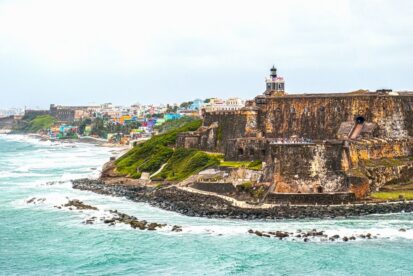Let's Explore Aruba
Aruba Travel Guide, Transportation, Accommodations, Food, Dishes, Hidden Attractions, and much more...
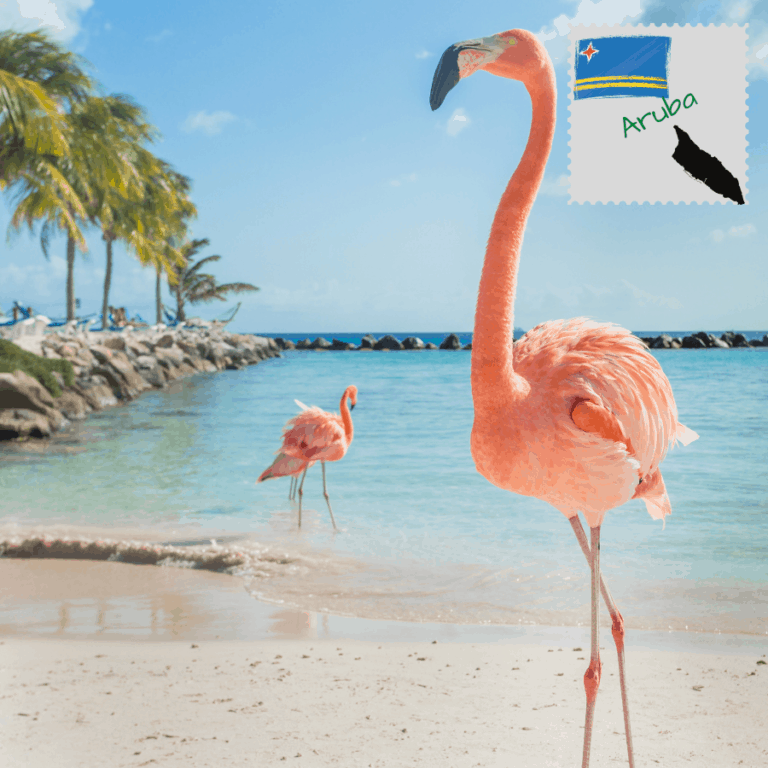
Aruba at a glance
Aruba consistently ranks as having the least amount of rainfall in the Southern Caribbean. The calming trade winds will keep you cool in the pleasant 82-degree weather. Due to the island’s location outside of the hurricane belt, you can expect reliably great weather throughout the year.

Aruba Do's
Be sure to plan your trip to Aruba around hurricane season. Aruba is south of the Caribbean’s hurricane belt, meaning you can confidently book a tropical vacation year-round without worrying about major storms. In fact, Aruba remains a pleasant 82 degrees Fahrenheit throughout the year — minus a few drizzly days that keep the island’s divi-divi trees and cacti alive. Plus, trade winds provide a nice breeze.
- Aruba has some of the cleanest water in the world. It’s completely safe — and even encouraged — to drink the tap water here. The island’s H2O comes from a saltwater desalination plant and meets the World Health Organization’s highest standards for drinking water.
- Unfortunately, discrimination against LGBTQ vacationers can happen anywhere. However, Aruba is one of the most gay-friendly destinations in the Caribbean. As part of the Kingdom of the Netherlands, Aruba recognizes same-sex marriages registered in the Netherlands as valid. Gay destination weddings are popular here and several beachfront resorts are part of the International Gay and Lesbian Travel Association.
Aruba Dont's
Haggling is not an accepted custom in Aruba.
- Although Aruba has its own currency, the Aruban florin, you don’t have to worry about exchanging your USD when you visit the island. Most vendors will gladly accept American dollars.
- Don’t skip the sunscreen. Since the island is 12 degrees north of the equator, the UV rays and solar radiation is strong. Even when it’s cloudy outside, play it safe and lather up!
- Southeast of Oranjestad you’ll find San Nicolaas, the island’s second-largest city. It’s advised that you refrain from visiting this area after nightfall. There is an increased risk of crime, including petty theft. Although the island is relatively safe, always be aware of your surroundings.
Aruba Quick Facts

Language
There are many languages spoken on the Caribbean island of Aruba. The official languages are Papiamento and Dutch, but most Arubans speak a minimum of four languages, including English and Spanish. Schools require students to learn English, Spanish and to a lesser extent French. According to the Government of Aruba the mother tongue and primary vernacular of almost all Arubans is Papiamento,[1] an Afro-Portuguese Creole language spoken since the 16th century.

Currency
Although Aruba's official currency is the florin (Afl), prices are often quoted in US dollars and you can pay for just about everything with US currency. Sometimes you will get change back in US dollars, at other times in Aruban florins.

Getting A Visa
U.S. citizens do not require a Tourist Visa to enter Aruba. However, a valid U.S. passport is required.

SIM Card/Internet
Because the U.S. operates on a different cell-phone standard than the rest of the world, your typical cell phone from back home won't work in most Caribbean destinations unless your service provider offers an international plan. Buy an unlocked GSM world phone and use local SIM cards: This is your best option if you travel overseas frequently. Many resorts, restaurants and bars offer free Wi-Fi access to their guests and the public. There are also certain areas on the island that offer free Wi-Fi for public use.

Tipping Etiquette
Bars and restaurants For good service, tip 15% to 20% (minus the service charge that is sometimes included in the bill). Resorts Often include a 15% service charge on the bill. If not, tip US$1 to US$3 per day for housekeeping. Taxis A 10% tip is usual. Tour guides Tip US$10 for a half-day outing.

ATM
ATMs are widely available, dispensing US dollars (US$) and Aruban florins (Afl). Many credit and debit cards can be used for withdrawing money from ATMs. There is usually a charge (around 1.5% to 2%) on ATM cash withdrawals abroad, and some local bank ATMs also charge a fee for withdrawals by cards not issued by their bank.

Socket Types
You need a power plug adapter on Aruba, when living in the United States of America. On Aruba the power plugs and sockets are of type A, B and F. The standard voltage is 127 V and the standard frequency is 60 Hz.

Best Time To Travel
The best time to visit Aruba is from April to August – a huge window of time when the island's high prices take a holiday. And since the island sits well outside the hurricane belt, there's very little threat of tropical storms at this time. January to March features pleasant weather, but the room prices can soar.
Transportation in Aruba
By Taxi
Taxis are safe and reliable, and easy to flag down at hotels and resorts. Fares are set for fixed distances; for example, from the airport to the high-rise resort area costs US$31.
By Train
There are no trains on Aruba, with the exception of the electric tram that circles downtown Oranjestad.
By Bicycle
Although there are no bike lanes on Aruba, many people enjoy riding along the mostly flat roads. You can easily rent bikes at many resorts. Aruba Active Vacations rents mountain bikes. North of Palm Beach, Lloyd G Smith Blvd runs along the coast all the way up to Arashi Beach (it's about 2 miles). This is a popular route for cyclists, as traffic is light and the setting is lovely.
By Bus
Arubus operates several routes running from the main bus depot in Oranjestad south to the airport and on to San Nicolas, with additional routes to the Fisherman Huts, Malmok Beach and Arashi Beach (all via the resort areas). Buses run every 10 to 20 minutes.
By Rental Car
You’ll know other visitors not only by the V-registrations of their rental cars but also by their actual use of turn signals. All the major car-rental companies have offices at the airport. It’s worth comparing prices with local outfits, including Carvenience, Optima and Wheels 2 Go.
By Ferry
Aruba offers a wealth of snorkeling, sailing and even submarine tours, but boats are not used for general transportation around the island.
By Plane
There are no flights within Aruba.
Best Dishes in Aruba
Fascinating flavor fusions result from a combination of various types of cuisines as award-winning chefs from all over the world spin their magic, adding new dimensions to Aruba’s culinary stew pot. Aruba’s home-cooked food was influenced by Amerindians, merchants, pirates, colonial powers of the Netherlands and Spain, African slaves, Eastern and Asian immigrants.
- Stobas – A popular hot comfort food in Aruba is stew (stoba), enjoyed by Arubans despite the tropical climate. It’s typically made with beef or goat as its base, but calco stoba (conch stew) is also popular.
- Keshi Yena – Often called Aruba’s national dish, this comfort food casserole was borne of necessity since it was created entirely of leftovers baked into a hollow rind of Edam Cheese.
- Keri Keri – Though originally made with shark, any firm whitefish will do to make this dish. It’s made by mixing flaked stewed or leftover fish with sautéed annatto powder (achiote), fresh basil, onion, celery, tomato, and green pepper.
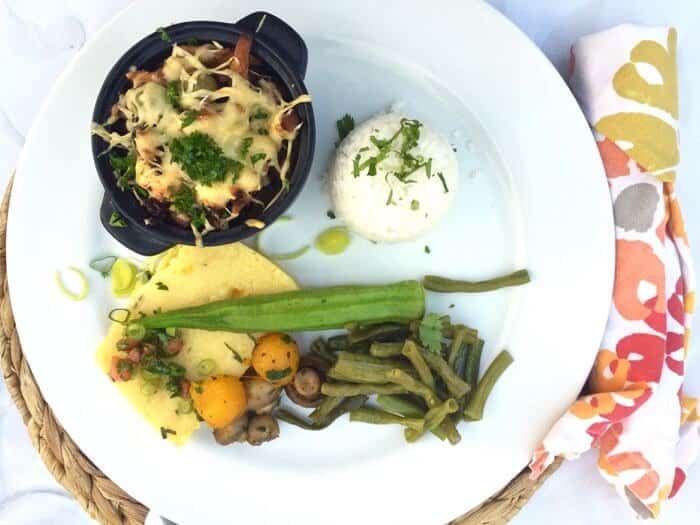
Best Accommodations in Aruba
An Aruba all-inclusive vacation makes your visit easy to plan and budget. Aruba’s all-inclusive resorts offer premium accommodations, upscale amenities, exciting activities and water sports to fill your days, and a bevy of international dining options to please your palate.
Looking for timeshares in the Caribbean? With thirteen timeshare and vacation ownership properties in Aruba, the island is the place to be to find the best timeshare resorts in the region.
Renting a home or apartment is an easy way to venture off Aruba’s strip of resorts and hotels to find the authentic side of the island usually reserved just for locals. Feel the warm, friendly embrace of the Aruban people as they open their secluded beachside cottages, family-friendly houses, and clean, beautiful accommodations to you—and make their happy home your happy escape.
Stay in the heart of the action in one of our grand resorts just steps from the powdery-white sands and beautiful turquoise waves of our world-famous beaches. You can also venture further up the coast to find secluded luxury accommodations, perfect for (adults only) romantic getaways and fine dining. Whatever you’re looking for, a warm, welcoming staff is eager to help you find happiness.

Aruba Top Tourist Attractions
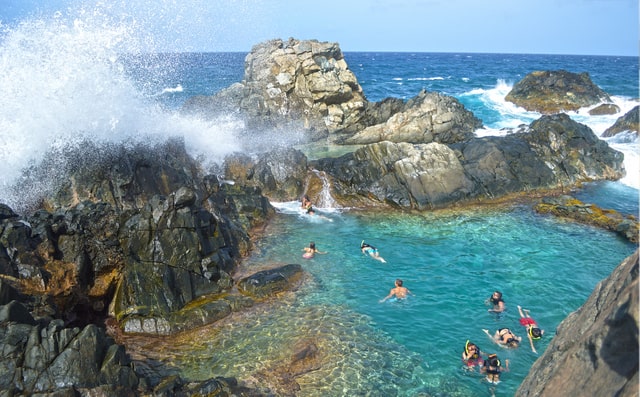
The Arikok National Park takes up approximately 18 percent of the island of Aruba and includes three primary geological formations: the Aruba lava formation, a quartz diorite formation, and a limestone formation that extends inward from the coast. These formations have directly influenced Aruba’s human settlement, as well as its natural wonders.

The California Lighthouse is a lighthouse located at Hudishibana near Arashi Beach on the northwest tip of Aruba. This lighthouse was named for the steamship California, which was wrecked nearby on September 23, 1891.

Of all the beaches that Aruba is so famous for, there is one beach that makes Aruba even more unique. It’s called Flamingo Beach, a private beach on Renaissance Island where a handful of pink flamingos roam the sugary white sands and turquoise waters of the Dutch Caribbean.
Aruba Hidden Gems
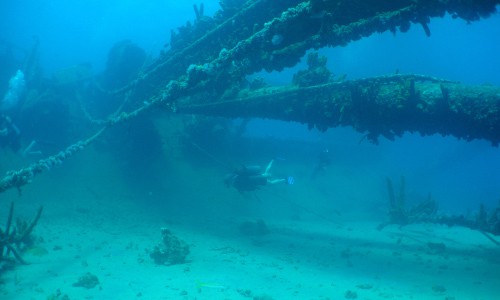
Located 60-feet below the water’s surface, the Antilla Wreck is truly a hidden gem. The SS Antilla is not the only shipwreck dive in Aruba, but the 400-foot-long German freighter used during World War II is the largest wreck in all of the Caribbean. Divers of all experience levels can explore both the inside and outside of the ship, which lies just offshore in Malmok Beach, where it attracts lobsters, sea turtles, and numerous kinds of tropical fish.
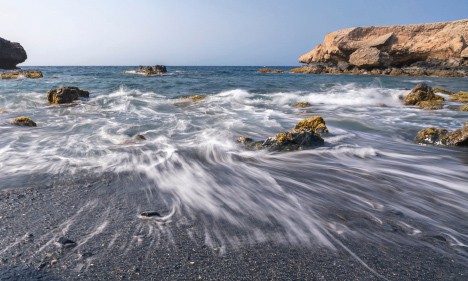
Aruba’s only black sand can be found in the small bay located on Black Stone Beach on the eastern coast. Small, black-eroded pebbles and sharp, rocky surroundings create a mysterious landscape, much different from the soft white sand you’ll find on the other beaches on the island. Situated close to the three bridges in Arikok National Park, it’s a private and secluded spot, but the surf here is far too rough for swimming or snorkeling.
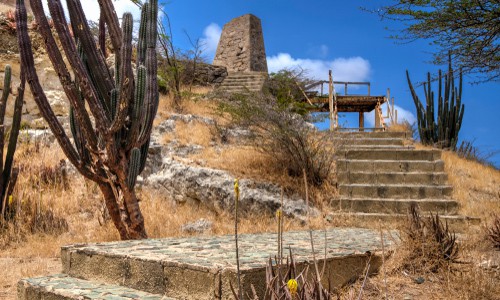
Spanish Lagoon is a protected wetland of mangrove forests and salt marshes and a great spot for birdwatching. The remains of the once-thriving Balashi Gold Mill are located at the tip of the Spanish Lagoon and creates a picturesque backdrop near the scenic passage known as Frenchman’s Pass where legend has it that Arawak Indians fought off invading French pirates in the 17th century.
Aruba Daily Costs
Budget: Less than $111
Accommodation
Hotel or Hostel: $71
Double Occupancy: $142
Food
Meals for One Day: $23
Transportation
Taxi, local bus, etc.: $11
Round-trip bus ticket: $2.22
Full day bike rental: $25
1-Day Scooter Rental: $39
Travel between cities: $12
Entertainment
Entrance tickets, shows, etc.: $34
4-hour snorkel trip: $74
Horseback riding tour: $69
Alcohol
Drinks for one day: $8.89
Water
Bottled water for one day: $1.21
Mid-range: $260
Accommodation
Boutique hotel or guesthouse : $167
Double occupancy: $334
Food
Meals for one day: $54
Transportation
Taxi, local bus, etc.: $26
Round-trip bus ticket: $2.22
Full day bike rental: $25
1-Day scooter rental: $39
Travel between cities: $27
Entertainment
Entrance tickets, shows, etc.: $77
4-hour snorkel trip: $74
Horseback riding tour: $69
Alcohol
Drinks for one day: $22
Water
Bottled water for one day: $3.09
High-end (Luxury): More than $543
Accommodation
Upscale hotel room: $350
Double occupancy: $698
Food
Meals for one day: $119
Transportation
Taxi, local bus, etc.: $49
Round-trip bus ticket: $2.22
Full day bike rental: $25
1-Day scooter rental: $39
Travel between cities: $51
Entertainment
Entrance tickets, shows, etc.: $143
4-hour snorkel trip: $74
Horseback riding tour: $69
Alcohol
Drinks for one day: $50
Water
Bottled water for one day: $7.71
Aruba Money-Saving Tips
- Choose the right time of year – You’ll generally get better deals by traveling over the summer or fall — if you’re willing to live with a little risk. (Hurricane season runs from June 1 through November 30.) Hotel rates are almost always lower during this wetter time of year. If you’re worried about hurricanes, consider staying on one of the ABC islands (Aruba, Bonaire, Curacao), which are outside the main hurricane belt.
- Haggle when you can – In many parts of the Caribbean, bargaining for a better deal is an essential part of everyday life. While you may not be able to negotiate much in a big duty-free store or a supermarket, where prices are generally fixed, there are plenty of open-air markets.
- Don’t overtip – In some restaurants, a service charge will automatically be added to your bill; if so, you don’t need to leave an additional tip (unless you wish to further reward an exemplary waiter or waitress). Some resorts and hotels also add a service charge onto your bill to cover tips for various members of the staff.
- Use public transportation – Many Caribbean islands have local public bus systems — usually small, colorful vans that serve the major routes and towns across the island. Fares on these vans tend to be extremely inexpensive.
- Eat where the locals do – You’ll almost always find cheaper, more genuine local meals away from the hotels and touristy restaurants. Look for fish fry-ups on the beach or little roadside snackettes.
Useful Websites & Apps
- Hotel booking – Booking.com via InteleTravel
- Tours & activities – Viator or Shore Excursions Group
- Bus Schedule – Public Transport
10 Cool Facts About Aruba
- Aruba’s first inhabitants are thought to have been Caquetío Amerindians from the Arawak tribe, who migrated from Venezuela.
- Aruba has a tropical Savannah climate.
- Every native Aruban speaks four languages; English, Spanish, Dutch, and Papiamento.
- Aruba is a former Dutch colony. It is now its own country. However, Aruba is still part of the Kingdom of the Netherlands.
- Aruba is a former Dutch colony. It is now its own country. However, Aruba is still part of the Kingdom of the Netherlands.
It has one of the most ethnically diverse populations in the world.
The perfect spot for authentic Indonesian food!
There are over 300 prehistoric pictographs to be discovered on the island.
On a clear day, you can see Venezuela.
Aruba’s the wreck diving capital of the Caribbean.
Travel Insurance
When planning for your trip to Trinidad and Tobago, don’t forget about travel insurance! You never know what might happen and it’s better to be safe than sorry.









